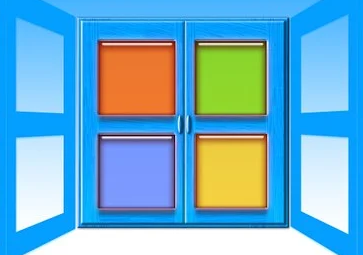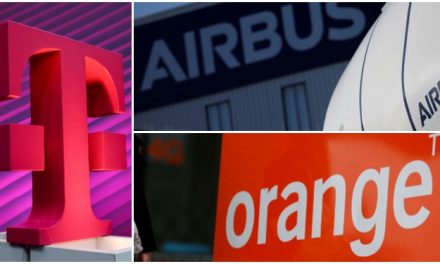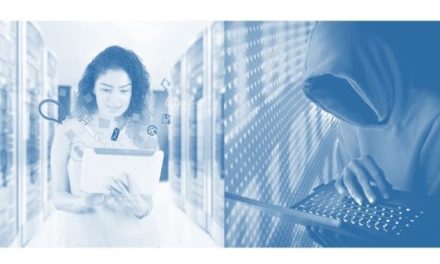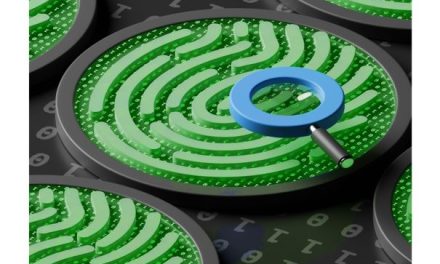Is This The Hack Of The Decade? Was the question asked by the author of this article. Our editorial comment is: “May be the hack of the year as the decade has only just begun.
Microsoft was hacked as part of the suspected Russian campaign that has hit multiple US government agencies by taking advantage of the widespread use of software from SolarWinds Corp.
As with the networking management software by SolarWinds, Microsoft’s own products were then used to further the attacks on others, in what some are calling the biggest hack in a decade. It is not yet certain how many Microsoft users were affected by the tainted products and US Department of Homeland Security (DHS) says that the hackers used multiple methods of entry and is investigating the massive hack against the US government, which included malicious computer code sent to Microsoft
Microsoft is a customer of SolarWinds, the IT provider the hackers used to send software updates to numerous US government agencies. Microsoft says it neutralised the infection before any major damage was done. “We have been actively looking for indicators of this actor and can confirm that we detected malicious SolarWinds binaries in our environment, which we isolated and removed,” the company said in a statement. Microsoft added: “We have not found evidence of access to production services or customer data. Our investigations, which are ongoing, have found absolutely no indications that our systems were used to attack others.”
The hack, which is being blamed on Russia, infiltrated federal agencies, including homeland security and nuclear programs. Microsoft and other companies are also affected.
Microsoft is a user of Orion, the widely deployed networking management software from SolarWinds Corp which was used in the suspected Russian attacks on vital U.S. agencies and the US National Security Agency (NSA) issued a rare “cybersecurity advisory” detailing how certain Microsoft Azure cloud services may have been compromised by hackers and directing users to lock down their systems.
SolarWinds sells software that lets an organization see what’s happening on its computer networks. Hackers inserted malicious code into an updated version of the software, called Orion. Around 18,000 SolarWinds customers in stalled the tainted updates onto their systems, the company said. One of the people familiar with the hacking spree said the hackers made use of Microsoft cloud offerings while avoiding Microsoft’s corporate infrastructure.
The DHS said the hackers had used other techniques besides corrupting updates of network management software by SolarWinds which is used by hundreds of thousands of companies and government agencies. According to sources, the DHS does not believe Microsoft was a major source of infection and the hackers appear to have used multiple methods of entry.
The US Energy Department said it has evidence hackers gained access to its networks as part of the campaign and the National Nuclear Security Administration (NNSA), which manages the country’s nuclear weapons stockpile, was also targeted. An Energy Department spokeswoman said malware “has been isolated to business networks only” and has not impacted U.S. national security, including the NNSA.
The US Cyber Security and Infrastructure Security Agency (CISA) has urged investigators not to assume their organisations were safe if they did not use recent versions of the SolarWinds software. CISA said it was continuing to analyse the other avenues used by the attackers.
Since the campaign was discovered, software companies have cut off communication from those back doors to the computers maintained by the hackers, but an obvious concern is that the attackers might have installed additional ways of maintaining access.
The Department of Justice, the FBI and Defense Department have moved routine communication onto classified networks that are believed not to have been breached on the assumption that the non-classified networks have been compromised. But the attackers are very careful and have deleted logs which would reveal the electronic fingerprints about which files they have accessed. That makes it hard to know what has been taken and some major companies have said they have “no evidence” that they were penetrated, but that may only be because the evidence was removed.
In most networks, the attackers would also have been able to create false data, but so far it appears they were interested only in obtaining real data, it is reported by those familiar with the investigation.
Meanwhile, members of the US Congress are demanding more information about what may have been taken and who was behind it. The House Homeland Security Committee and Oversight Committee announced an investigation, while senators pressed to learn whether individual tax information was obtained.
 In a statement, President-elect Joe Biden said he would “elevate cybersecurity as an imperative across the government” and “disrupt and deter our adversaries” from undertaking such major hacks.
In a statement, President-elect Joe Biden said he would “elevate cybersecurity as an imperative across the government” and “disrupt and deter our adversaries” from undertaking such major hacks.
Source: Cyber Security Intelligence


























